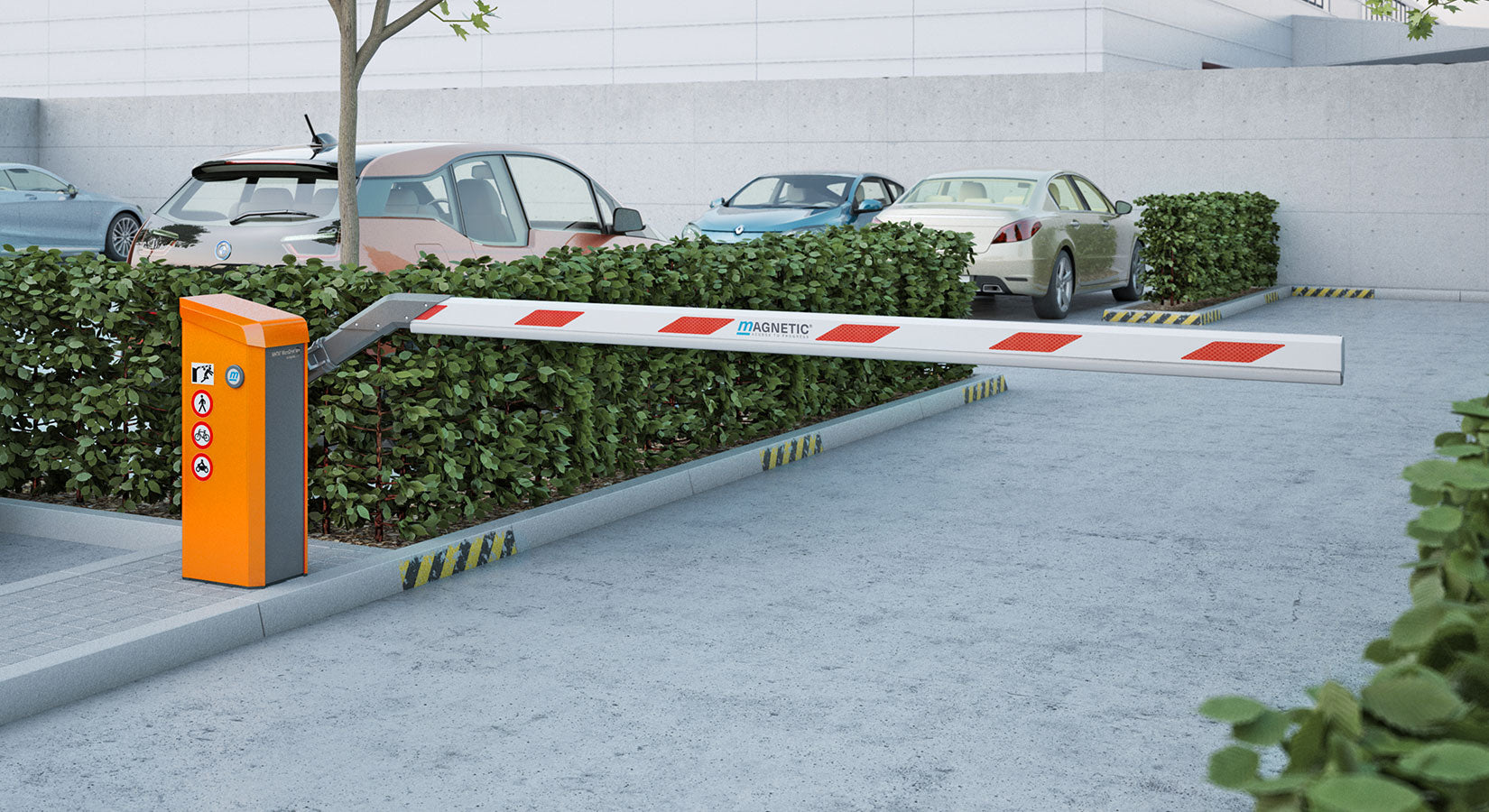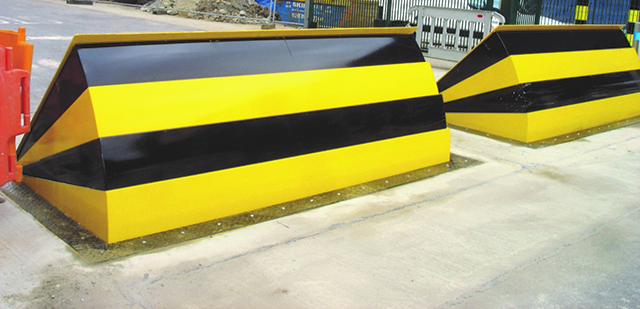Things about Wedge Barriers
Some Known Incorrect Statements About Wedge Barriers
Table of ContentsFascination About Wedge BarriersNot known Facts About Wedge Barriers

Not known Incorrect Statements About Wedge Barriers
g., spring assistance 65 )may be fixed to completion of the spring rod 58 to allow compression of the springtimes 60. As the springs 60 are pressed in between the springtime sustains 62, the spring assembly 54 generates a pressure acting upon the cam coupled to the spring rod 58 in a direction 66. The remaining pressure applied to
the cam to deploy the wedge plate 16 may be provided supplied an electromechanical actuator 84 or other actuator. Thus, the spring assembly 54 and the actuator 84(e. g., electromechanical actuator)may run with each other to equate the webcam and lift the wedge plate 16.
As stated over, the springtime assembly 54 puts in a constant force on the camera, while the electromechanical actuator might be managed to apply a variable pressure on the cam, thereby allowing the lifting and decreasing( i. e., releasing and retracting )of the wedge plate 16. In certain embodiments, the constant force applied by the spring assembly 54 may be adjustable. g., electromechanical actuator) is disabled. As will be appreciated, the spring assembly 54 might be covered and safeguarded from debris or other aspects by a cover plate(e. g., cover plate 68 received FIG. 4) that might be considerably flush with the elevated surface area 38 of the structure 14. As stated above, in the deployed placement, the wedge plate 16 offers to obstruct gain access to or travel beyond the obstacle 10. For instance, the obstacle 10(e. g., the wedge plate 16 )may block pedestrians or lorries from accessing a property or pathway. As talked about above, the obstacle 10 is connected to the anchor 30 protected within the foundation 14,

front braces 71. Consequently, the linkage assemblies 72 might pivot and revolve to make it possible for the collapse and extension of the linkage settings up 72 during retraction and release of the bather 10. The linkage settings up 72 cause movement of the wedge plate 16 to be limited. If a car is traveling in the direction of the deployed wedge plate 16(e. For instance, in one circumstance, the security legs 86 might be extended duringmaintenance of the barrier 10. When the safety and security legs 86 are deployed, the security legs 86 support the weight of the wedge plate 16 versus the surface 12. Therefore, the training system 50 might be shut down, serviced, removed, replaced, etc. FIG. 5 is partial viewpoint view of a personification of the surface-mounted wedge-style obstacle 10, showing the web cam 80 and the camera surfaces 82 of the lifting system 50. Especially, two cam surfaces 82, which are referred to as reduced web cam surface areas 83, are placed below the webcam 80. The reduced camera surface image source areas 83 might be dealt with to the surface 12 (e. For instance, the reduced cam surfaces 83 and the placing plate 85 might develop a solitary piece that is safeguarded to the anchor 30 by screws or various other mechanical bolts. Additionally, two web cam surfaces 82, which are referred to as upper camera surface areas 87, are placed over original site the web cam 80 and coupled to (e. In various other personifications, intervening layers or plates might be positioned between the surface area 12 and the reduced webcam surfaces 83 and/or the wedge plate 16 and the upper web cam surface areas 87 As stated over, the webcam
80 converts along the camera surfaces 82 when the wedge plate 16 is lifted from the withdrawed setting to the deployed position. Additionally, as stated above, the springtime assembly 54 (see FIG. 3 )might give a pressure acting on the web cam 80 in the direction 102 using spring pole 58, which may reduce the pressure the electromechanical actuator 84 is required to relate to the cam 80 in order to actuate and lift the wedge plate 16. 1 )to the deployed position(see FIG. 4). As shown, the webcam 80 consists of track wheels 104(e. g., rollers), which contact and his response convert along the webcam surface areas 82 during procedure.